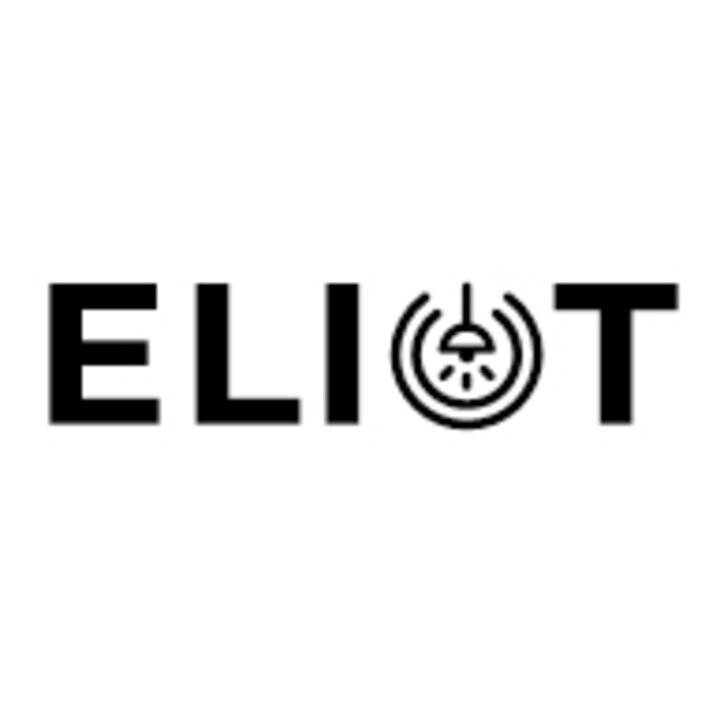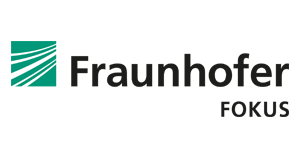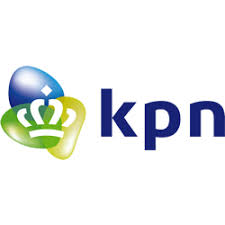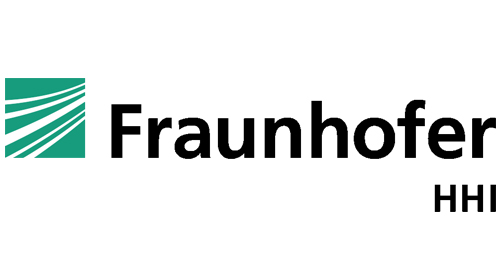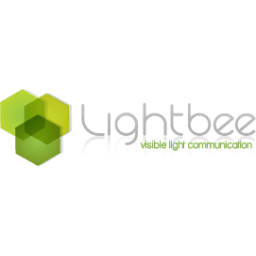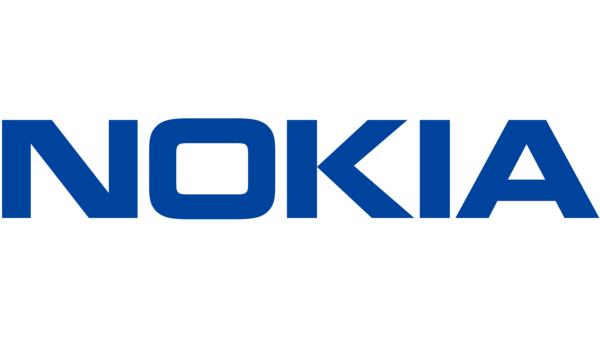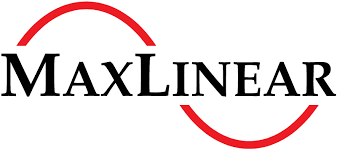
Motivation
More and more devices are using the IoT these days. Currently, they only exchange small data packets that are hardly time-critical. This will change fundamentally in the near future. The future IoT places much higher demands on the data rate, reliability and latency of the wireless connection. If many IoT devices communicate in a confined space, the demand for radio frequencies will increase much faster than expected before. Software-controlled production (Industry 4.0), virtual and augmented reality, and autonomous driving make higher demands on wireless communications. Mobile IoT devices need to communicate wirelessly and access artificial intelligence in local data centers in real time.
Objectives
Ten partners from The Netherlands, Germany, Spain and United Kingdom have launched in January 2019 the European project "Enhance Lighting for the Internet of Things” or ELIoT. ELIoT focuses on the future Internet of Things. ELIoT will be developing Light Fidelity (LiFi) as a new wireless access path in addition to the current WiFi and 5G technology. ELIoT will compile a diverse set of exemplary use cases for LiFi, each having distinct requirements on functions and performance, which can only be fulfilled through new features such as wireless distributed multiple-input multiple output (D-MIMO) over plastic optical fiber (POF) and integrated positioning.
Our Role
ECO group will design and implement an analog optical network using plastic optical fibers to support D-MIMO functions for enabling smooth handover between LiFi cells, ensuring line-of-sight, and increasing throughput per user.
Project Related Publications
Project Related Publications
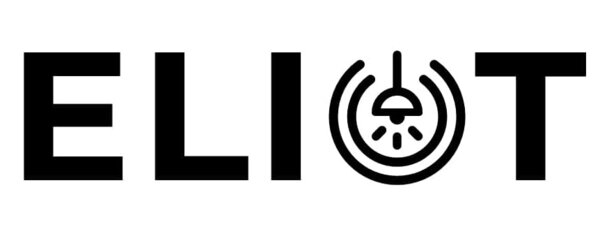
Our Partners
Researchers involved in this project
Contact
-
Mohammed Ramcharan ADbc. Madelief van Enschot BA 9.099Ismailsingel5126NT Riel
